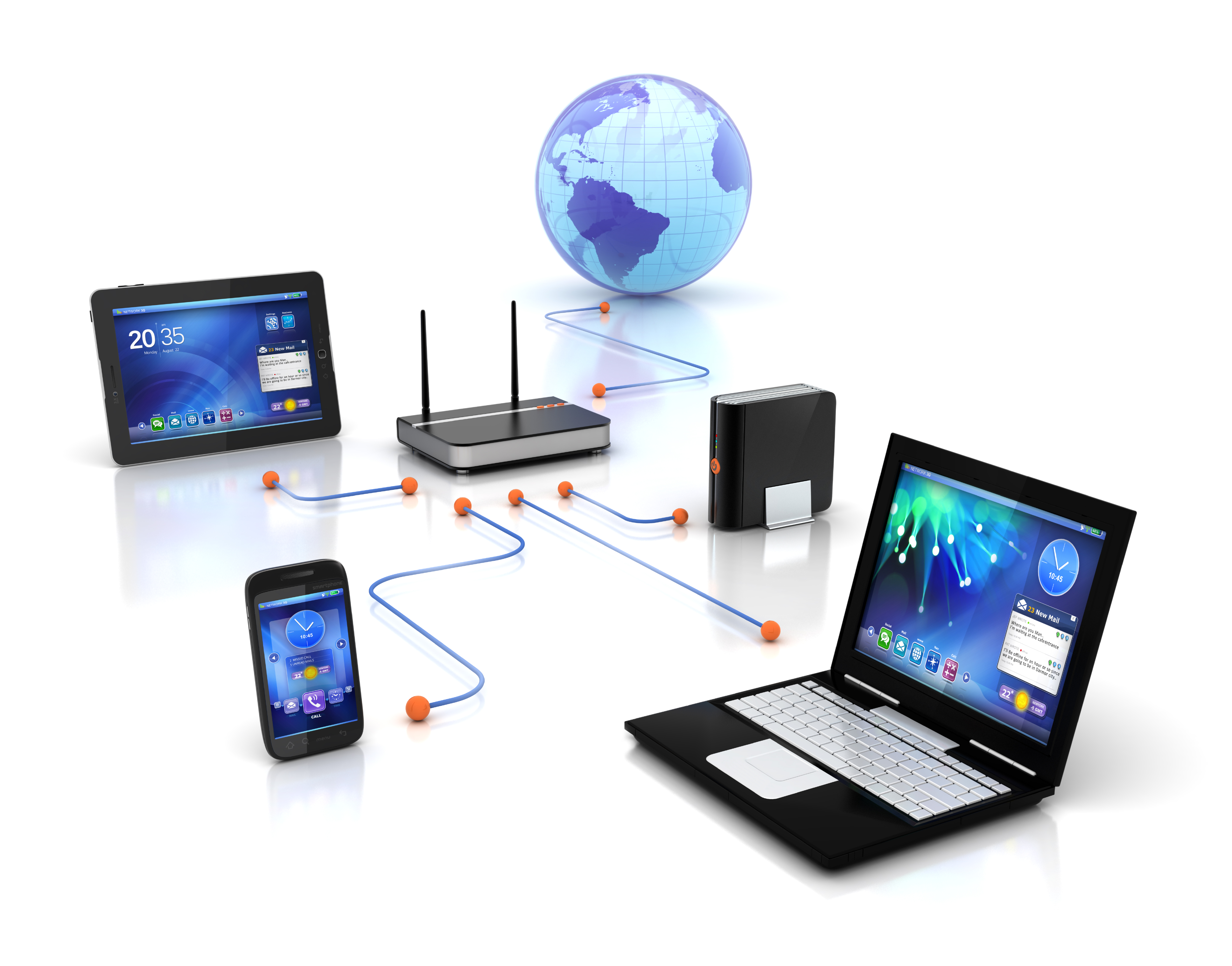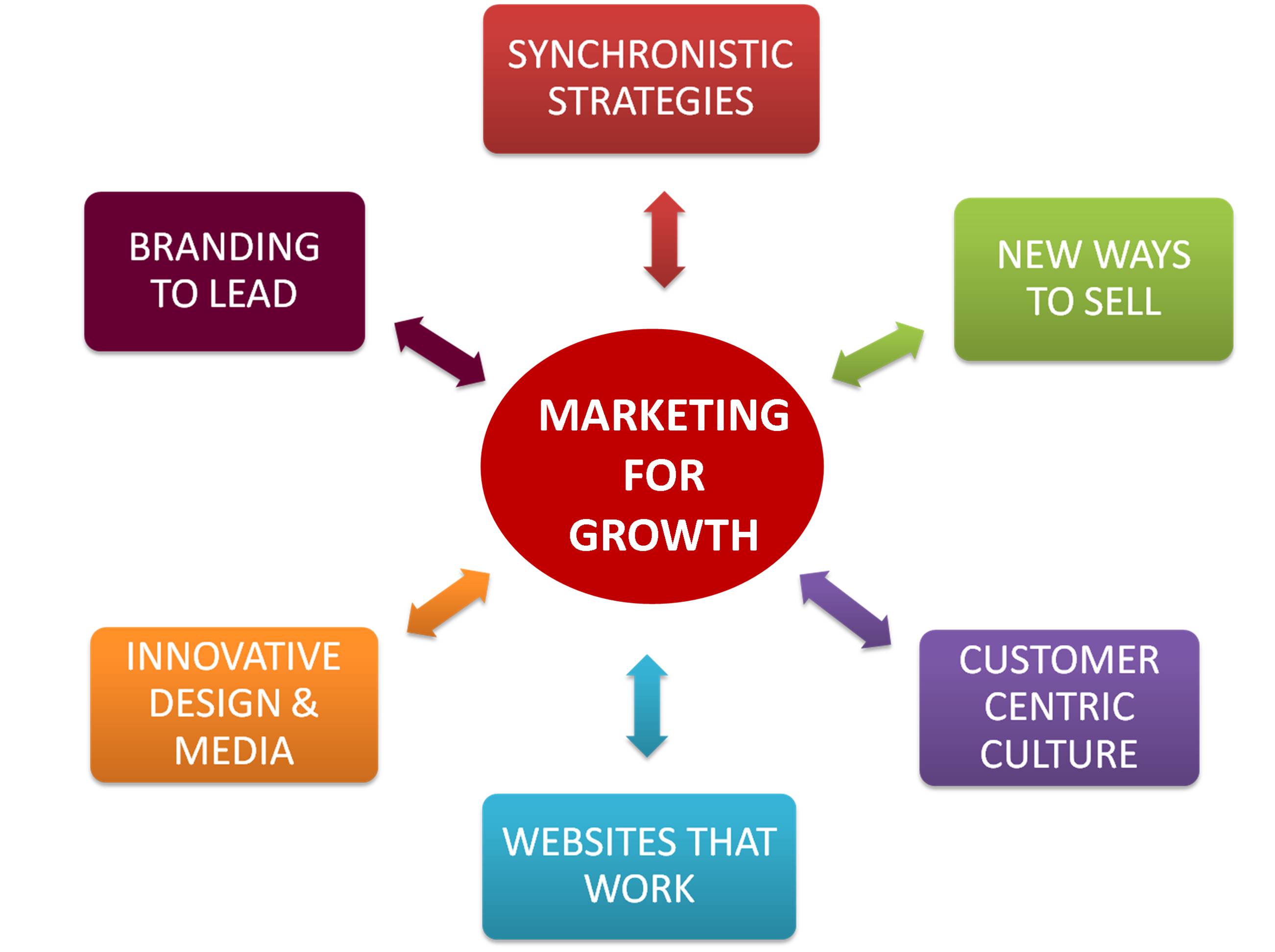While tech-minded individuals and those working in IT-based environments generally have a firm grasp of what the Cloud is all about, there are lots of people out there who remain baffled by this slightly lofty and somewhat ethereal technological term.
Along with “What IS the Cloud?”, questions like “Where is the Cloud exactly?” and “Are we in the Cloud right now?” are still commonplace in workplaces and homes across the country.
The purpose of this article is to explain what cloud computing is – and just as importantly – what it isn’t.
What the Cloud is
In essence, cloud computing means using the Internet to store and access data and programs rather than a computer’s hard drive. ‘The Cloud’ is therefore just a metaphorical term – the words ‘Internet’ and ‘Cloud’ are essentially one and the same. This goes back to the days when business professionals created flowcharts and presentations that used a puffy, white cloud symbol to represent the gigantic server-farm infrastructure of the Internet.
What the Cloud is not
As mentioned earlier, cloud computing has nothing to do with a computer’s hard drive. Companies or individuals who store data on – or run programs from – their machine’s hard drive are using a system known as local storage and computing. This essentially means that everything a person or enterprise needs IT-wise remains physically close to them. This way of working is fast and straightforward when working with just one computer or as part of a small local network.
Moreover, cloud computing is not about having a dedicated hardware server in residence either. Retaining data on a home or office network does not qualify as utilising the Cloud, per se. Put simply, users need to access their data or their programs over the Internet, or at the very least, have that data synchronized with other information over the Internet for the process to be regarded as cloud computing.
Different Clouds?
The term ‘cloud computing’ can mean slightly different things to different users. The more simplistic elements of cloud computing detailed above are an accurate representation of how individual consumers – those who sit back at home or in small-to-medium offices and use the Internet on a regular basis – are likely to understand (and be affected by) the Cloud.
Unsurprisingly, there is a lot more to understand (some would say an entirely different Cloud) when it comes to business. For example, there are Software-as-a-Service (SaaS) cloud computing options which enable businesses to subscribe to an application accessed over the Internet. In addition to this, there are also Platform-as-a-Service (PaaS) options which allow enterprises to create custom applications that can be used by everyone within their company. On top of this there are also the mighty Infrastructure-as-a-Service (IaaS) options, where big hitters like Amazon and Google provide ‘backbone services’ for other companies to effectively rent out (a good example of this is Netflix, the online media streaming company that uses the Cloud-services provided by Amazon to deliver its own services).



